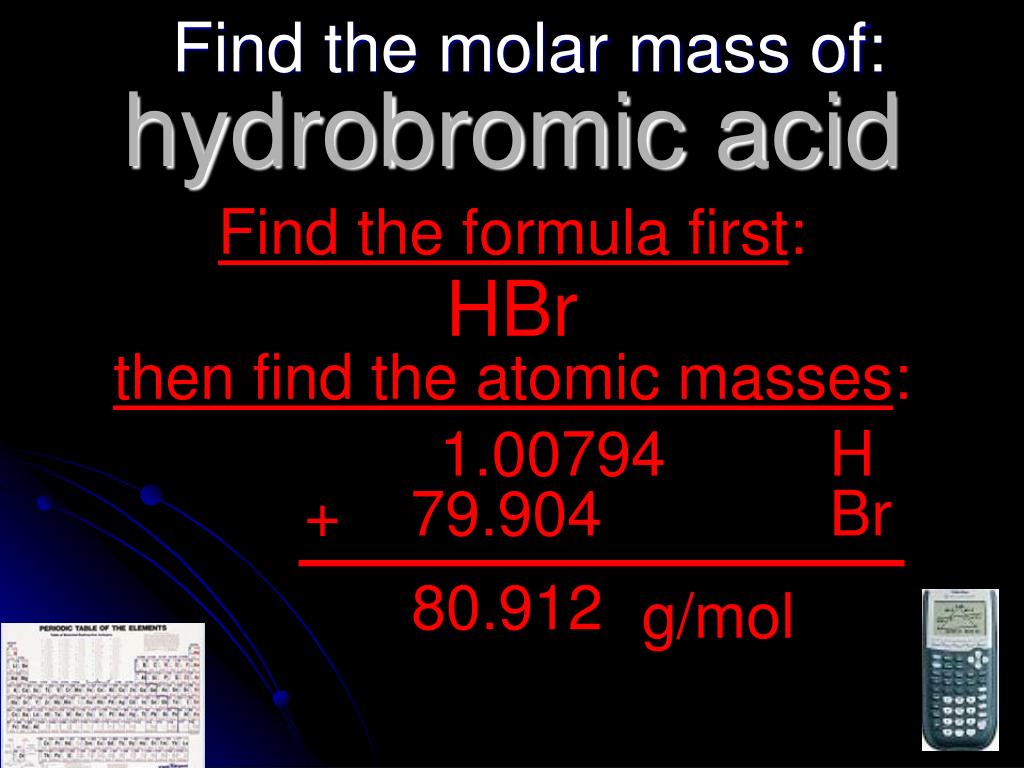

Please note: The list is limited to 20 most important contributors or, if less, a number sufficient to account for 90% of the provenance. Solvation states of HCl in mixed ether:acid crystals: A computational study.Top contributors to the provenance of Δ fH° of HBr (g) The 20 contributors listed below account only for 61.2% of the provenance of Δ fH° of HBr (g).Ī total of 227 contributors would be needed to account for 90% of the provenance. Ab initio study on mixed methanol–hydrogen chloride dimer and trimers.

This article is cited by 18 publications. However, in the case of 2:1 and 4:1 HBr−THF, the acid is fully molecular, though perturbed significantly by solvation. In the case of HCl, the Zundel unit appears to persist to intermediate acid:ether ratios, despite dilution by the extra acid. Such units polarize, mutually solvate, and stabilize each other.

In the 1:1 crystals, very intense and broad bands in the 800−1500 cm -1 range suggest proton sharing between the halide and the O atom of the ether and a Zundel-like species is suggested as the basic unit. In the limit of high acid−ether ratio, the acid is clearly molecular. In contrast, mixed acid−ether solids tend to be acid-rich new crystal solids were discovered, with HX−ether ratios of 6:1, 4:1, 2:1, and 1:1.
#HBR MOLAR MASS SERIES#
The parallel to the HX−hydrate series apparently extends to the formation of the methanol analogues of the hydronium and Zundel cations, for the corresponding solvent−acid ratios. For methanol, crystal and amorphous ionic solids form with MeOH:HX ratios of 1:1, 2:1, and 3:1, in analogy to the hydrate case. A dramatic difference was observed between methanol and ether solvation. The results were interpreted with the help of density functional theory (DFT) calculations for (HX) n(solvent) m clusters and for protonated solvent ions. Effort was devoted to finding those composition ratios for which the acid and the solvent readily form mixed crystalline and amorphous solids and to the study of the extent of acid solvation in these solids. The study is an extension of previous investigations of acid hydrates. Solid state solvation of HCl and HBr (i.e., HX acids) was investigated by FTIR spectroscopy, with methanol (MeOH), dimethyl ether (DME), and tetrahydrofuran (THF) acting as solvents.


 0 kommentar(er)
0 kommentar(er)
